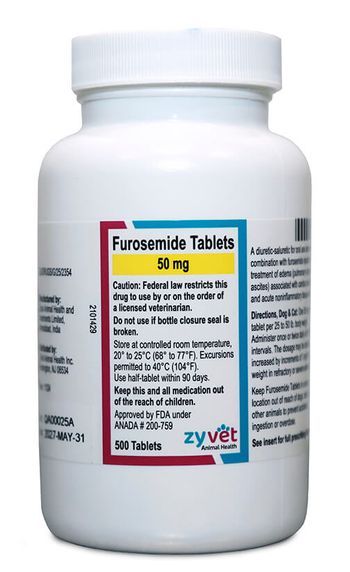
Feline urolith epidemiology update: 1981 to 2011
Dr. Carl Osborne tracks the trends of mineral composition in cats with urolithiasis.
In the past three decades, urolith composition in cats and dogs has varied, while feline urethral plug composition has remained consistent. In this article, the second of three parts, we evaluate trends in feline urolith composition to determine what may be causing this disparity and examine the implications for our patients.
Carl A. Osborne, DVM, Phd, Dipl. ACVIM
Calcium oxalate vs. struvite
In 1981, calcium oxalate was detected in only 2 percent of feline uroliths submitted to the Minnesota Urolith Center, whereas 78 percent of feline uroliths were composed of struvite (magnesium ammonium phosphate). But in the mid-1980s, a rapid, substantial increase in the frequency of calcium oxalate uroliths occurred, while the frequency of struvite uroliths decreased (Figure 1).
Figure 1: Composition of feline uroliths, 1981-2011. Key-MAP = struvite, CaOx = calcium oxalate; Cap = calcium phosphate.
From 1994 to 2002, about 55 percent of the feline uroliths submitted to the Minnesota Urolith Center were composed of calcium oxalate, while only 33 percent were composed of struvite (Figures 1 and 2). During this period, the decline in the frequency of naturally occurring struvite uroliths associated with a reciprocal increase in calcium oxalate uroliths may have been due to:
Figure 2: Change in frequency of feline struvite and calcium oxalate. Key-CaOx = calcium oxalate; MAP = struvite.
1. Widespread use of a calculolytic food to dissolve struvite uroliths
2. Modification of maintenance and prevention foods to minimize struvite crystalluria (some dietary risk factors that decrease the risk of struvite uroliths increase the risk of calcium oxalate uroliths)
3. Inconsistent follow-up of efficacy of dietary management protocols by urinalysis and radiography.
In 2004, the number of feline struvite uroliths (45 percent) submitted to the Minnesota Urolith Center nudged past those containing calcium oxalate (44 percent). These trends have continued into 2011 (Figure 3).
Figure 3: Mineral composition of feline uroliths, 2011. Key-CaOx = calcium oxalate; CaPO4 = calcium phosphate; MAP = struvite.
The role of diet control
The increase in the frequency of feline struvite over calcium oxalate from 2003 to 2011 may be associated with a decreased use of diets designed to dissolve sterile feline struvite uroliths as a consequence of the significant increase in calcium oxalate uroliths in the 1980s and 1990s.
The significance of struvite as the predominant mineral type emphasizes the importance of considering a struvitolytic diet to manage cats at risk for struvite urolithiasis. Currently, therapeutic diets are available that promote struvite urolith dissolution in a short period. In a double-blind study, a therapeutic diet (Prescription Diet c/d Multicare Feline—Hill's Pet Nutrition) performed as expected in the dissolution of sterile struvite uroliths.1 It's likely that some, if not most, of the 5,885 feline struvite uroliths submitted to the Minnesota Urolith Center in 2011 could have been readily dissolved in one to four weeks by feeding diets designed to promote formation of urine that is undersaturated with struvite.
However, not all uroliths can be dissolved with dietary manipulation. Those uroliths that have not shown evidence of dissolution in three to four weeks (provided the owner is compliant with feeding instructions) should be removed and sent to a reputable laboratory for evaluation of mineral composition.
We are still searching for a diet that is safe and consistently effective in minimizing calcium oxalate uroliths.
Editor's note: The Minnesota Urolith Center—with the support of an educational gift from Hill's Pet Nutrition as well as contributions from veterinarians and pet owners—provides quantitative urolith analysis at no charge. Online submission, email notification and electronic retrieval of results are available. With access to our database of 730,000 samples, the veterinary community is offered the latest information on urolith trends, treatment and prevention suggestions. For details, visit
Reference
1. Lulich JP, et al. Struvite urolith dissolution in cats: a double blind randomized clinical trial of 2 foods, in Proceedings. Am Coll Vet Intern Med Forum, June 2011.
Dr. Osborne is director and a professor at the College of Veterinary Medicine at the University of Minnesota.
Dr. Lulich is the co-director of The Minnesota Urolith Center and professor of Veterinary Internal Medicine at the University of Minnesota.
For a complete list of articles by Dr. Osborne, visit
Newsletter
From exam room tips to practice management insights, get trusted veterinary news delivered straight to your inbox—subscribe to dvm360.






